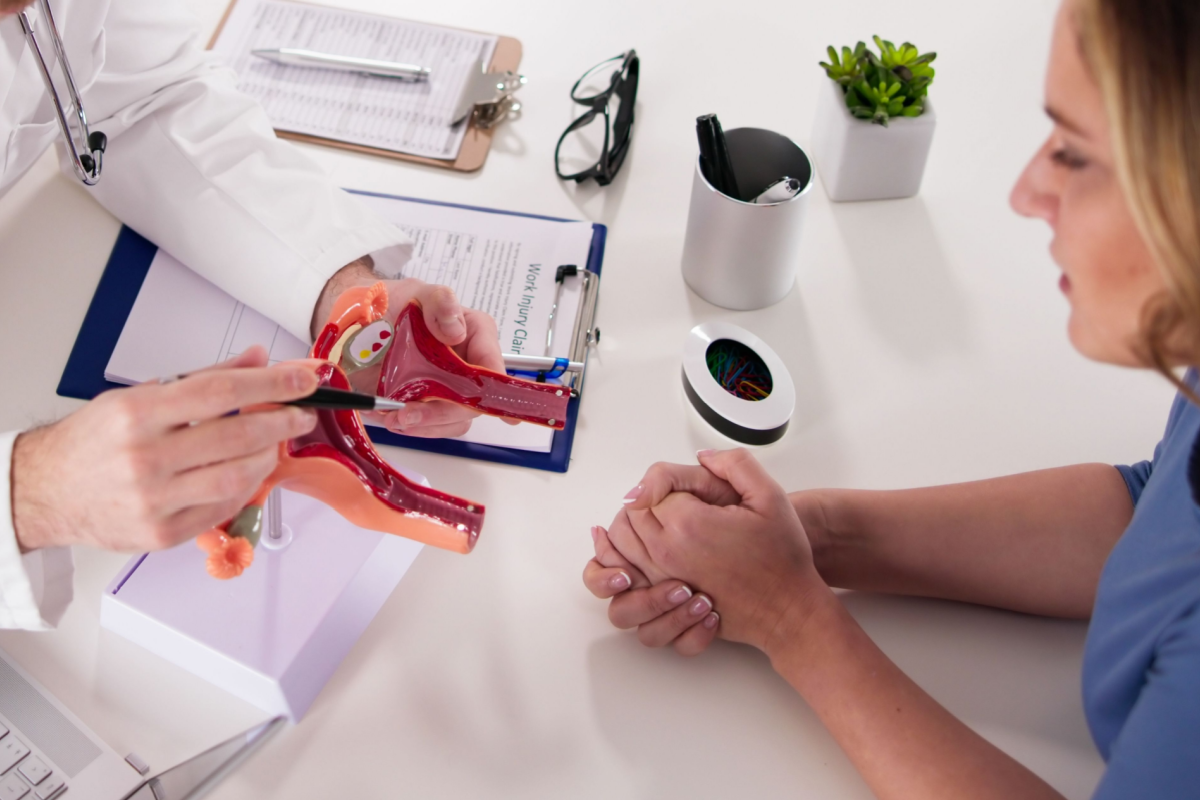In an era of personalized medicine and increased patient engagement, the demand for clinical trials that put a priority on patient wants, needs, and overall wellbeing, continues to grow. Patient-centricity in clinical trials may require more investment into clinical trial design, but can help both recruitment and retention of participants. As patients become more knowledgeable and begin to take control of their own health, Contract Research Organizations (CROs) that offer clinical trials that revolve around the patient, may have a competitive advantage over those who are still utilizing traditional trial-centric models.
Patient-centricity has become a much-used buzzword by those in the clinical trials industry, but practically-speaking, how can the concept be applied to the average clinical trial site? By considering the following five modifications when designing a clinical trial, CROs can be active participants in the trend towards patient-centricity.
1. Conduct Trials Where The Patients Are
Most clinical trials – especially those involving the recruitment of patients with a rare disease – often find it necessary to identify locations where the prevalence of the disease is highest, and set up their clinical site based on that information. However, most other clinical trial coordinators can increase the patient-centricity of the trial from the beginning, by adopting this technique.
When starting the process of site-selection, clinical trial coordinators may begin by determining whether dedicated treatment facilities have been set up in order to meet the demands of patients with a common disease. This institution could be a hospital or research facility, and coordinators may find that setting up a clinical trial close by could be a good way to make participation as easy as possible for the patients.
It’s important to note that not only should sources of potential trial participants be identified before deciding on a trial location, but those patients should be screened to assess their eligibility for participation in the clinical trial. Setting up a site where these patients are located before performing proper vetting processes could lead to wasted time and resources.
2. Offer Less Visits or Home Visits, and Embrace Digital Technology
By their very nature, clinical trials often require patients to make regular, frequent visits to a trial site during the course of the study. These trips may involve procedures such as blood draws, or patients may be required to make the trip only to refill their medication.
As these visits present a significant burden on participants, and can sometimes lead to poor patient retention, limiting the number of times a patient needs to visit the study site is a good way to make a clinical trial more patient-centric. If possible, home visits are an even better option to help patients continue their participation in a clinical trial.
For routine procedures – including blood collection, and patient assessment – home visits by trained nurses employed by the trial company can ensure that patients’ time is made a priority. These home visits also make site visits more manageable for the patient because these visits are less frequent.
Additionally, the availability of electronic data capturing devices could allow patients to make self-report measures without having to visit a physical research site. While this won’t be appropriate for all data collected during any given trial, embracing the power of technology for data collection can further ensure the patient is at the center of all trial proceedings. Read more about virtual clinical trials here.
3. Limit Procedures to Only Those Necessary
One of the most challenging aspects of designing a patient-centric clinical trial, is deciding what tests and procedures are necessary to gather sufficient data on the drug or device being tested. From the perspective of the CRO, the more data that can be obtained by various methods, the easier it may be to assess a treatment as effective or not.
For the patient, as the laundry list of procedures grows, so too does the burden on their time and wellbeing. If a clinical trial is aiming at increasing the patient-centricity of its design, coordinators would be well-advised to limit the number of procedures performed on the patients, to only those that are truly necessary to the trial outcome.
4. Consider Open-Label over Placebo-Control
While placebo-controlled clinical trials are considered to be more robust in terms of how the results can be interpreted, they are lacking when it comes to patient-centricity. If the clinical trial is aimed at determining the effectiveness of a drug at treating a specific disease, some patients are selected – usually randomly – to receive the experimental pharmaceutical, while others are given the inactive placebo.
It’s important not to completely discount the placebo effect, which can sometimes seem to produce a positive response in patients who believe it to be the active drug. It could, however, be argued that all of the patients participating in the study have an equal right to be given the drug being tested, especially if little to no other treatment options are available for that illness.
Open-label trials can certainly increase the risk of bias as both the patients and those conducting the trial know what treatment is being administered. However, if the trial design lends itself well to a shorter placebo-control phase, and a longer open-label phase of the study, it could increase the potential benefit of the drug for more patients.
5. Maintain Regular Contact With Patients
This point may seem contradictory to #2, but a relationship between the clinical research site and the patient can be built using other forms of communication besides face-to-face interaction. Call or computer chat centers can be set up in order to address patients’ questions and concerns related to the trial.
As in all other levels of healthcare, it can also be important to give personalized treatment wherever possible in order to increase the level of patient-centricity built into the clinical trial. It is also imperative that study investigators address the inherent heterogeneity that’s present in almost every clinical trial.
While all the patients involved in a clinical trial have at least one thing in common – namely their shared diagnosis – they will likely be more unique than they are the same. Acknowledging that response homogeneity within a population of clinical trial participants is a near-impossible goal, will help patients feel more valued and accepted.
While a patient-centric model may not work for every clinical trial, considering patients as more than just a resource can be of value to all stakeholders in the trial. It’s admittedly not the easiest trial design to implement, but potential for increased patient engagement, retention and satisfaction can be well worth the extra effort.
What’s your opinion of patient-centricity in clinical trials? Is it a fad, or a paradigm shift in the way clinical trials are conducted? Share your thoughts in the comments section below.












Join or login to leave a comment
JOIN LOGIN